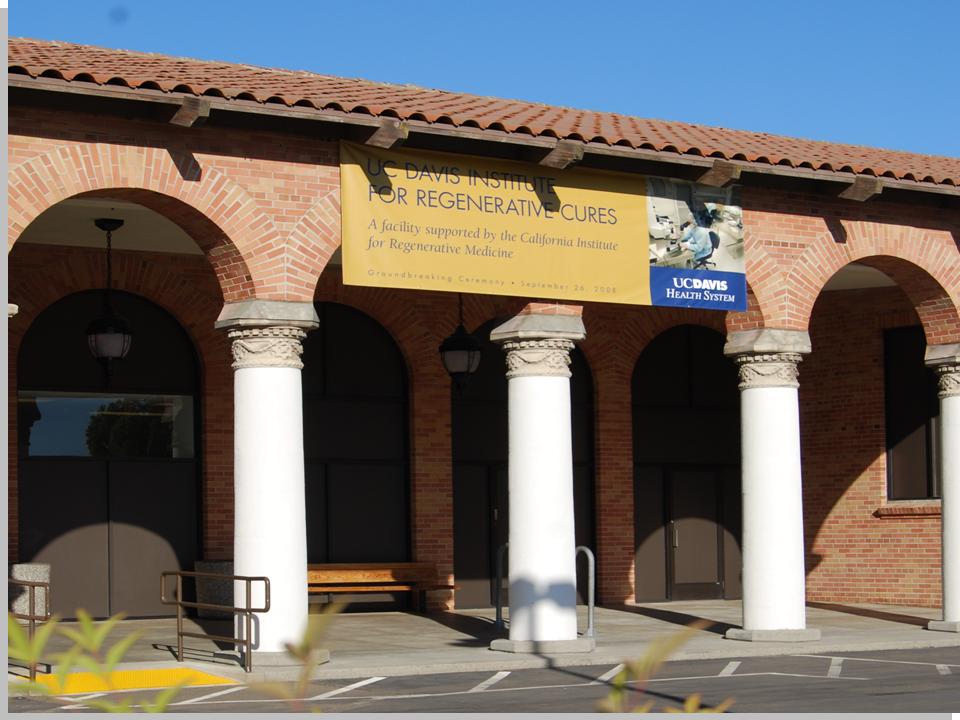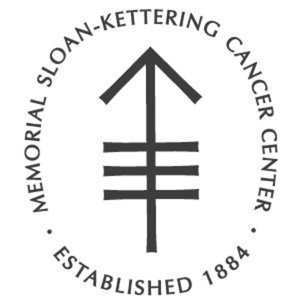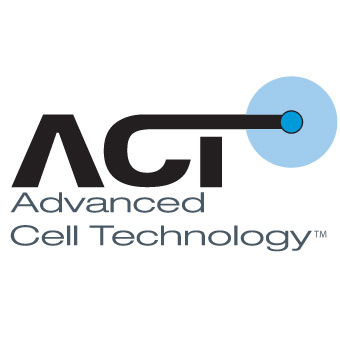The field of stem cell research revolves around persons all over the world who are dedicated to ending human suffering with utmost consideration of ethical conduct and scientific responsibility. Because of its grand scale, stem cell research warrants the existence of societies, organizations, research centers, and other innovators who can translate cures from the lab bench to bedside. | 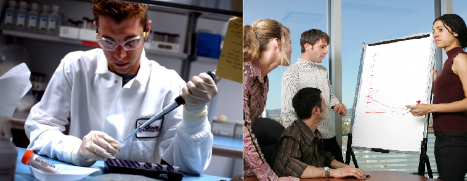 Stem cell research demands a dedication of scientists and other innovators to end human suffering due to disease. (Image Citation 51) (Image Citation 52) |
Societies and Organizations for Stem Cell Research
California Institute for Regenerative Medicine - The California Institute for Regenerative Medicine, or CIRM, was formed with the passing of Proposition 71 in the State of California, "The California Stem Cell Research and Cures Act". With an initial allocation of $3 billion in 2004, CIRM now operates numerous stem cell research centers across California. CIRM "[provides] loans for stem cell research, research facilities and other vital research opportunities", leading to "life-saving medical treatments". CIRM provides funding for "the most promising scientific research" in regenerative medicine and stem cells. The Independent Citizens Oversight Committee or ICOC is a 29-member governing board for CIRM. Click here to access the CIRM website. |
|
International Society for Stem Cell Research - The International Society for Stem Cell Research, or ISSCR, is an "independent, nonprofit organization formed in 2002 to foster the exchange of information on stem cell research". With more than 3500 members worldwide, the ISSCR also dedicated to "promote professional and public education in all areas of stem cell research and application. Click here to access the ISSCR website. |
University-Based Innovators in Stem Cell Research
UC Davis Institute for Regenerative Cures - Sponsored by the California Institute for Regenerative Medicine, the $62 million UC Davis Institute for Regenerative Cures, part of UC Davis, represents the essence of cutting-edge research by bringing together numerous, highly qualified "physicians, research scientists, biomedical engineers, and a range of other experts and collaborative partners". It is on a campus near a "nationally-designated cancer center, a renowned neurodevelopmental institute, state-of-the-art-imaging and biophotonics programs", and an academic medical center which is at the "forefront of advanced patient care". Led by Dr. Jan A. Nolta, an internationally renowned stem cell researcher, the institute consists of many primary laboratories, a shared-vector core, cell sorters, microscopy equipment, and much more. The Good Manufacturing Practice (GMP) facility at the Institute is a 7000 square feet high quality stem cell and gene therapy research facility. With numerous disease teams in "more than a dozen important areas" such as "lung disease", "neurodegenerative disease", and "heart disease", the UC Davis Institute for Regenerative Cures is one of the few research centers in the nation that is at the forefront of stem cell research and translational medicine. Click here to visit the Institute's website. |
The UC Davis Institute for Regenerative Cures (Image Citation 53) |
Stanford University School of Medicine Institute for Stem Cell Biology and Regenerative Medicine - The Institute for Stem Cell Biology and Regenerative Medicine was established at Stanford University School of Medicine in 2002. Under renowned stem cell researcher and director of the facility, Dr. Irving Weissman, the Institute is devoted to exploring "How stem cells are created, the mechanisms by which they are regulate and how they devolve into specialized cells". Located in the dynamic area known as the Silicon Valley, the Institute has an ultimate goal of "[translating knowledge] into dramatic new medical therapies for some of the world's most serious and intractable afflictions". The Institute has achieved many milestones, including the first isolation of stem cells, first isolation of human leukemia and human breast cancer cells (with many other cancer stem cells), and first isolation of brain stem cells. Click here to visit the Institute's website. |
|
Harvard Stem Cell Institute at Harvard University - The Harvard University Harvard Stem Cell Institute (HSCI) was founded in 2004 represents "one of the largest concentrations of biomedical researchers in the world". Although HSCI focuses on stem cell research, uniquely, it draws in faculty not only from the sciences but also other professional schools at Harvard University, including Harvard Law School, Harvard Kennedy School (for government studies), the Harvard School of Public Health, Harvard Business School, and the Harvard Divinity School. The diverse range of faculty members of different backgrounds allows "the promise of the field to be fully realized" with contributions from professionals in many fields. With state-of-the-art facilities specializing in flow cytometry, bioinformatics, therapeutic screening centers, and more, as well as seed grants worth approximately $1.8 million in 2011, the HSCI promises to remain at the forefront of stem cell research for many years to come. Click here to visit the Institute's website. | 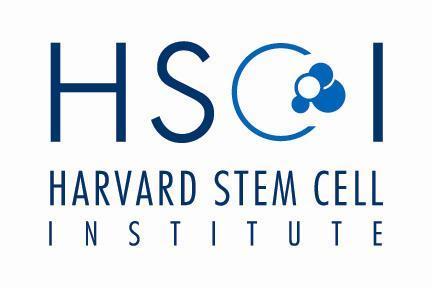 |
University of Wisconsin-Madison Stem Cell and Regenerative Medicine Center - The University of Wisconsin-Madison Stem Cell and Regenerative Medicine Center (SCRMC) was founded in the 1990s as a center for innovation in stem cell research. "Beginning in 1995 with the first successful culturing of embryonic stem cells from non-human primates", the UW-Madison SCRMC is at the forefront of cutting-edge research. SCRMC operates under the School of Medicine and Public Health, as well as the graduate program. It's mission is to "advance the science of stem cell biology and foster breakthroughs in regenerative medicine through faculty interactions, research support and education". The Biotechnology Center, Cardiovascular Research Center, and Center for Neuroscience, as well as many more research centers at the University are affiliated with SCRMC. Some of the research focus areas at the Center include basic stem cell biology, blood stem cells, neuronal regeneration, tissue engineering, and cancer stem cells. Click here to visit the Center's website. | 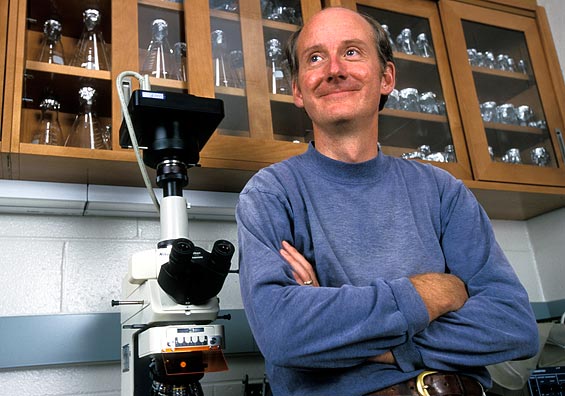 Dr. James Thomson of the UW-Madison Stem Cell & Regenerative Medicine Center. Dr. Thomson is one of the most well known stem cell research pioneers. (Image Citation 54) |
Private Innovators in Stem Cell Research
The Gladstone Institutes - The Gladstone Institutes, located on a 200,000 square feet headquarters and affiliated with UC San Francisco, is a privately-owned group of research centers including the Gladstone Institute of Cardiovascular Disease, the Gladstone Institute of Virology and Immunology, and the Gladstone Institute of Neurological Disease. With a mission to "contribute to the health and welfare of humankind through research into the causes and prevention of cardiovascular disease, viral infections such as HIV and AIDS, and neurological illnesses such as Alzheimer's disease", the Gladstone Institutes work to "reduce the number of people afflicted with these debilitating illnesses". 18 of 25 laboratories at Gladstone involve stem cell research. With the support of innovative researchers and under the leadership of Dr. Shinya Yamanaka (discoverer of the induced Pluripotent Stem Cell or iPSC), the Gladstone Institutes, with $64 million in a 2010 budget, promises to innovate in the stem cell research for many years to come. Click here to visit the Institutes' website. | 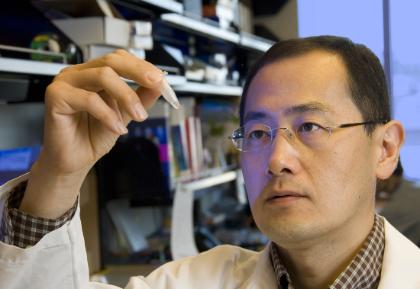 Dr. Shinya Yamanaka, a stem cell pioneer who currently works at the Gladstone Institutes. (Image Citation 55) |
Memorial Sloan-Kettering Cancer Center (Sloan Kettering Institute) - One of the world's oldest and largest private cancer centers, The Memorial Sloan-Kettering Cancer Center (MSKCC) was founded in 1884 as the New York Cancer Hospital. Today, the Sloan-Kettering Cancer Center specializes in provide cutting-edge treatments and utmost compassion to cancer patients from many different backgrounds. The oncological sciences at the Sloan Kettering Cancer Center are renowned. The Sloan-Kettering Institute (SKI) is the research division of the cancer center, and the Stem Cell Research Facility at SKI, headed by Mark Tomishima, is dedicated to innovation in stem cell science and therapies. The SKI Stem Cell Research Facility "characterizes and distributes non-NIH approved human embryonic stem (hES) cells isolated at the Weill-Cornell and Rockefeller University derivation core facilities". The SKI Stem Cell Research Facility also refines "new technologies in hES culturing". The affiliation of SKI's Stem Cell Research Facility to the MSKCC allows for translational medicine research to take place like never before. Click here to visit the Institute's website. |
|
Advanced Cell Technology - Advanced Cell Technology (ACT), located in Marlborough, Massachusetts and Santa Monica, California, is an innovative research company headed by Chairman and CEO Gary Rubin and Chief Scientific Officer Robert Lanza, M.D. The company recently (January 2012) gained wide-spread acclaim when it administered its Phase 1/2 clinical trials for "human embryonic stem cell (hESC)-based Retinal Pigment Epithelial (RPE) therapy for degenerative retinal disease" at UC Los Angeles' Jules Stein Eye Institute. Both patients who underwent the trial reported "modest improvement in their vision". This was the first time that a stem cell treatment was directly developed and administered to patients for eye disease. Ultimately, 12 patients are to be tested for each of the trials. ACT is also working on advancing its "Phase 2-approved myoblast autologous adult stem cell therapy" for treatment of "chronic heart failure, advanced cardiac disease, myocardial infarction [heart attack], and ischemia. Click here to visit ACT's website. |
Home | Introduction | Applications | Innovators | Issues and Ethics | Resources | Get Involved | Citations



